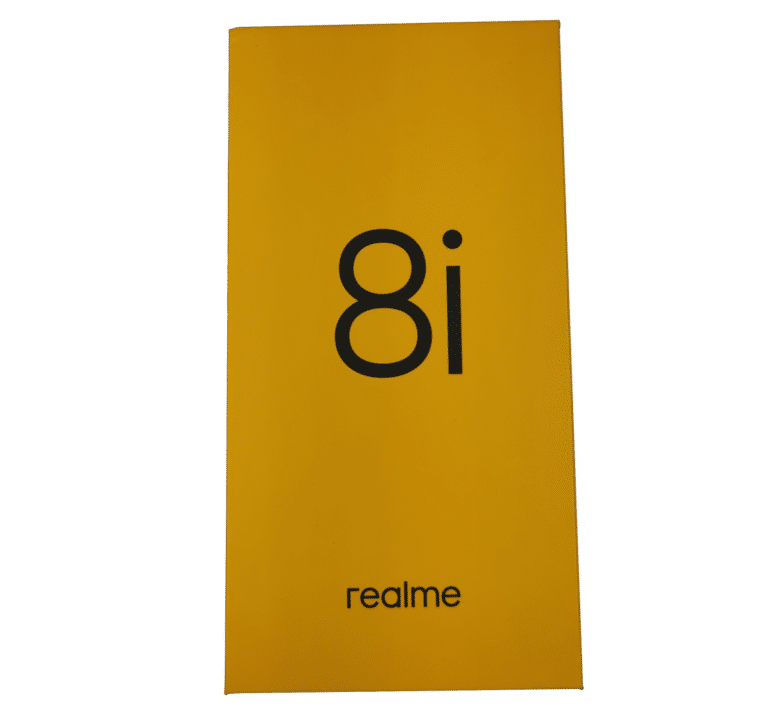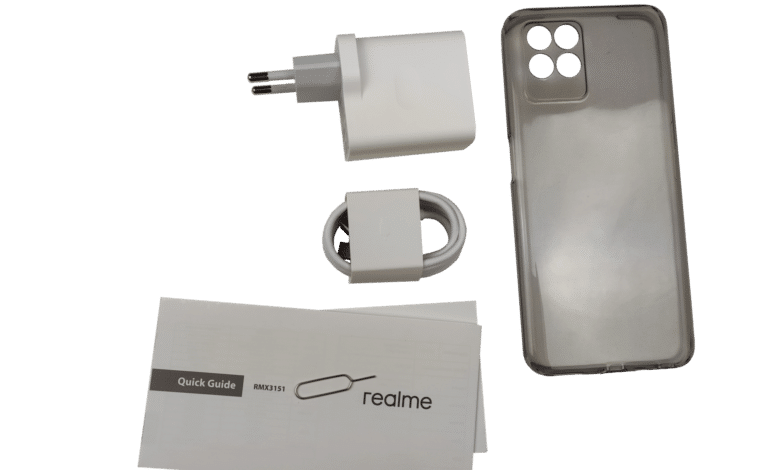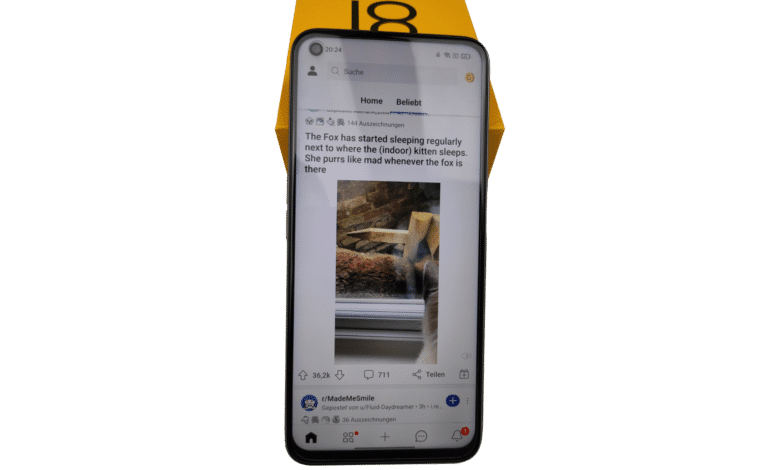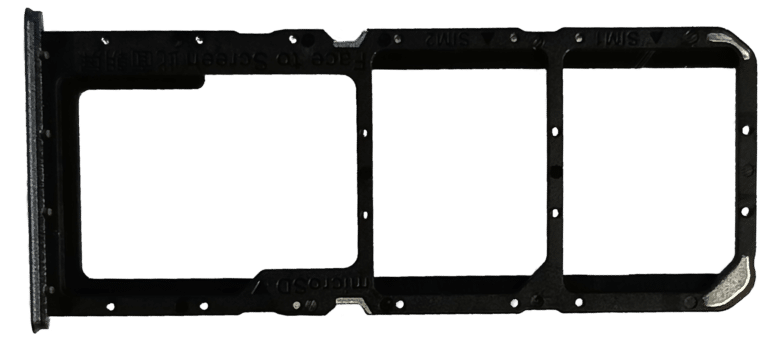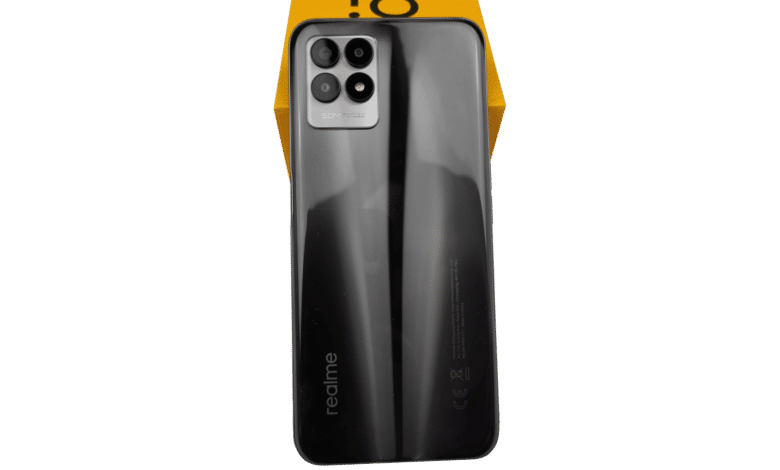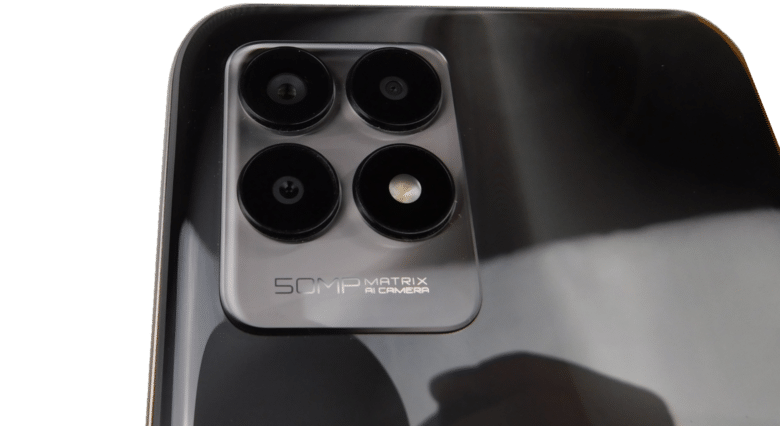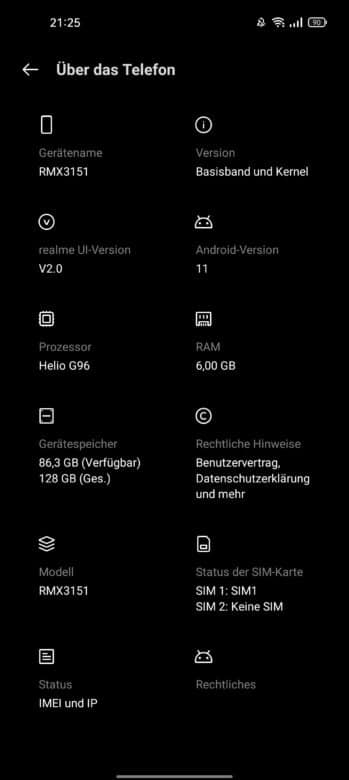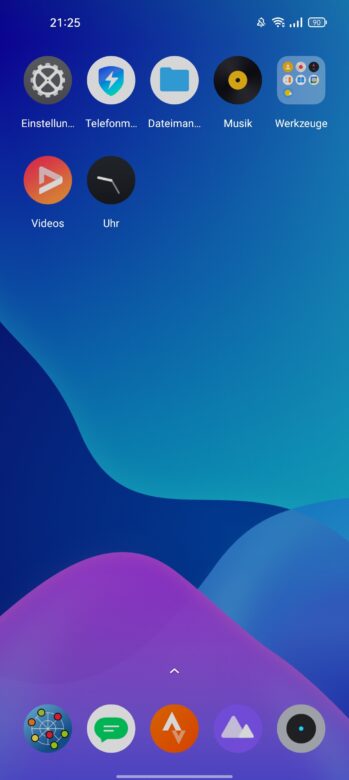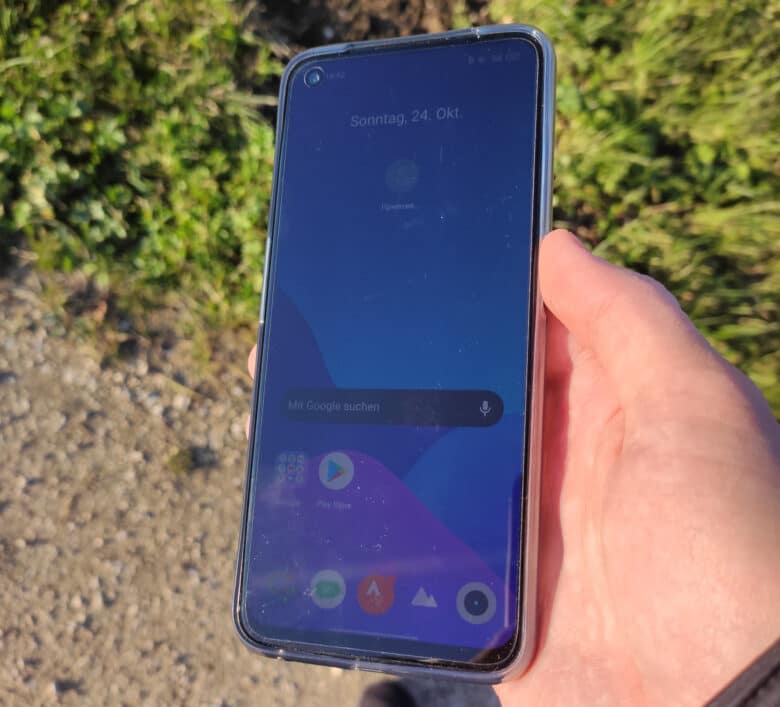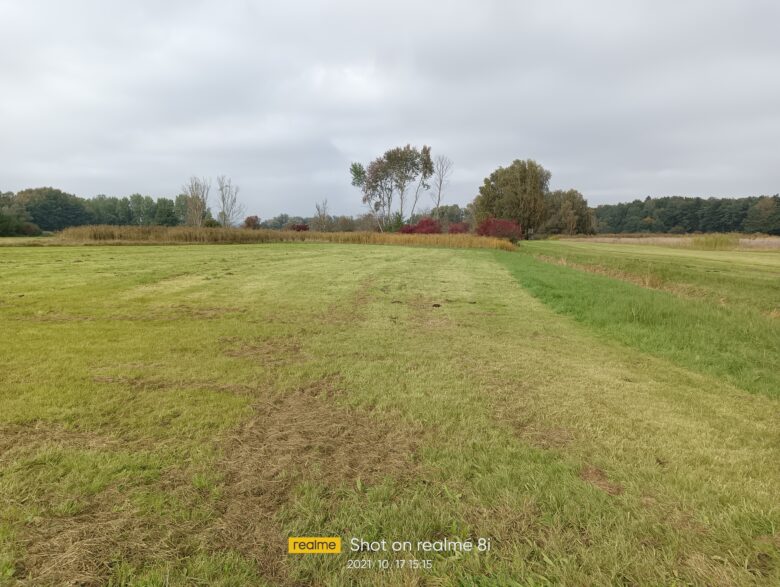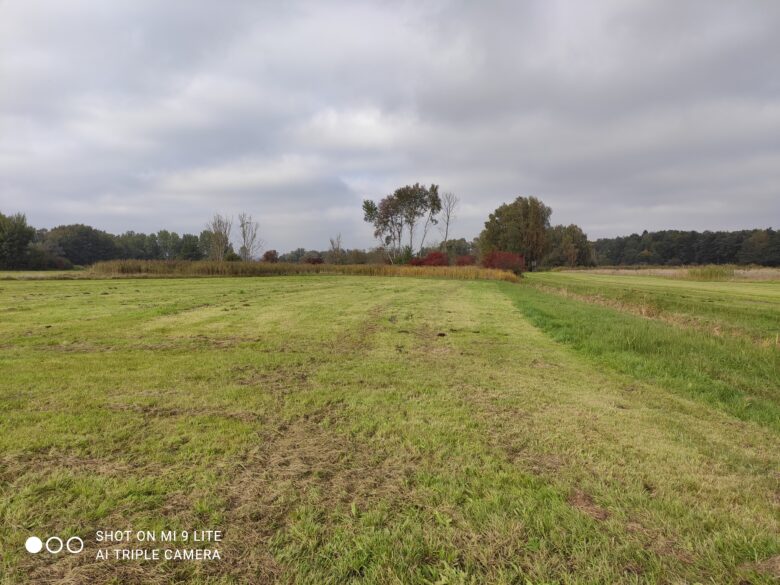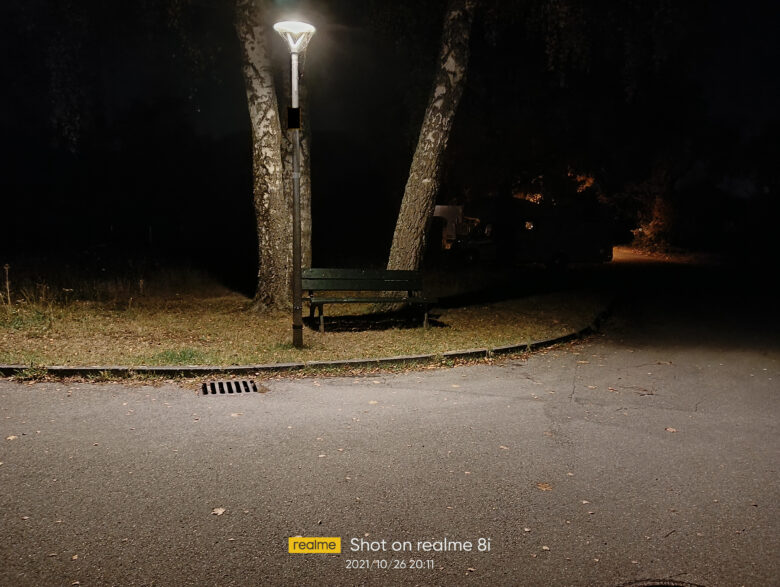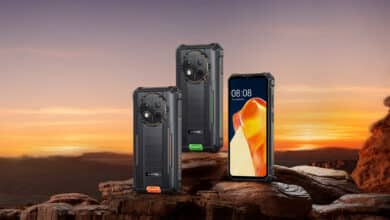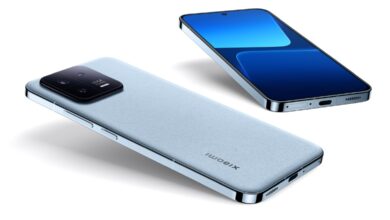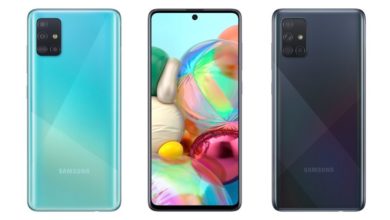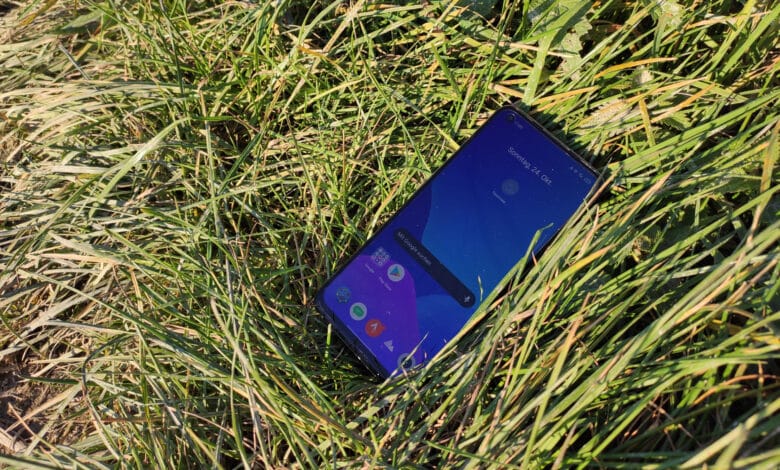
After the Realme 8, 8 5G and 8 Pro, the 8i is the fourth representative of the 8 series from the Chinese smartphone manufacturer Realme.
The latest offspring of the series wants to conquer the hearts of price-conscious buyers with a 120 Hz display and a fast processor.
Is that enough to create a well-rounded budget smartphone, or does the 8i fall short in other areas?
Specifications
| Model | Realme 8i | Realme 8 | Realme 8 5G |
| Operating system | Android 11 / Realme UI 2.0 | Android 11 / Realme UI 2.0 | Android 11 / Realme UI 2.0 |
| Display | 6.6″, 2412×1080 pixels, IPS, 60 / 90 Hz / 120 Hz refresh rate, 180Hz sample rate | 6.4″, 2400×1080 pixels, AMOLED, 180Hz sampling rate | 6.5″, 2400×1080 pixels, IPS, 60 / 90 Hz refresh rate |
| Camera (rear) | 50 MP, f/1.8, phase comparison AF, LED flash, videos @1080p/30fps (camera 1); 2 MP, f/2.4, monochrome (camera 2); 2 MP, f/2.4, macro (camera 3) | 64.0MP, f/1.79, phase comparison AF, LED flash, videos @2160p/30fps (camera 1); 8.0MP, f/2.25, wide-angle lens (camera 2); 2.0MP, f/2.4, macro lens (camera 3); 2.0MP, f/2.4, monochrome (camera 4) | 48.0MP, f/1.8, phase comparison AF, LED flash, EIS, videos @1080p/30fps (camera 1); 2.0MP, f/2.4, macro lens (camera 2); 2.0MP, f/2.4, monochrome (camera 3) |
| Camera (front) | 16.0MP, f/2.1, videos @1080p/30fps | 16.0MP, f/2.45, videos @1080p/30fps | 16.0MP, f/2.1, videos @1080p/30fps |
| Interfaces | USB-C 2.0 (OTG), 3.5mm jack, WLAN 802.11a/b/g/n/ac, Bluetooth 5.1, NFC, GPS | USB-C 2.0 (OTG), 3.5mm jack, WLAN 802.11a/b/g/n/ac, Bluetooth 5.1, GPS | USB-C 2.0 (OTG), 3.5mm jack, WiFi-5 (802.11a/b/g/n/ac), Bluetooth 5.1, NFC, GPS |
| Sensors | Accelerometer, gyroscope, proximity sensor, light sensor, compass, fingerprint sensor (on the side, in the power button) | Accelerometer, gyroscope, proximity sensor, light sensor, compass, fingerprint sensor (display) | Accelerometer, gyroscope, proximity sensor, light sensor, compass, fingerprint sensor (side, in power button) |
| SoC | Mediatek Helio G96, 64-bit (12 nm) | Mediatek Helio G95, 64-bit (12 nm) | Mediatek Dimensity 700, 64-bit (7 nm) |
| CPU | 2x 2.05 GHz Cortex-A76 + 6x 2.0 GHz Cortex-A55 | 2x 2.05 GHz Cortex-A76 + 6x 2.05 GHz Cortex-A55 | 2x 2.20 GHz Cortex-A76 + 6x 2.00 GHz Cortex-A55 |
| GPU | Mali-G57 MC2 | Mali G76 MC4 | Mali-G57 MC2 |
| RAM | 4 GB / 6 GB (test unit) | 4 GB / 6 GB / 8 GB | 4 GB / 6 GB / 8 GB |
| Memory | 64 GB / 128 GB (test device) UFS 2.1 | 64 GB / 128 GB UFS 2.1 | 64 GB / 128 GB UFS 2.1 |
| Battery | 5000mAh, fixed, 18 watts wired charging | 5000mAh, fixed mount, 30 watts wired charging (Realme Dart Charge) | 5000mAh, hardwired, 18 watts wired charging |
| Dimensions | 164.1 x 75.5 x 8.5 mm | 160.6 x 73.9 x 8 mm | 162.5 x 74.8 x 8.5 mm |
| IP certification | – | – | – |
| Weight | 194g | 177g | 185g |
| Inserts | 2x nano SIM + 1x microSD (MicroSD with max. 1 TB) | 2x Nano-SIM + 1x microSD (MicroSD with max. 1 TB) | 2x Nano-SIM + 1x microSD (both SIM slots are 5G capable)(MicroSD with max. 1 TB) |
| Available colors | Stellar Purple, Space Black (test unit). |
Cyber Black, Punk Black, Cyber Silver | Supersonic Blue, Supersonic Black |
| Price | Price not available * | € 13.58 * | € 185.53 * |
Scope of delivery of the Realme 8i
Realme ships the 8i in a roomy orange cardboard box.
The box contains, in addition to the smartphone, an 18-watt power adapter (9V / 2A), the coherent USB-C to USB-A cable, a TPU case that has integrated port plugs, the SIM pin, a manual, as well as safety instructions and a screen protector already applied to the smartphone.
Processing & Design
The 6.6-inch display is interrupted by a punchhole in the upper left area. The 16 MP front-facing camera is located in it. The earpiece still sits above it.
Despite the low price, the thickness of the screen’s edges remains within limits, as long as you disregard the somewhat pronounced lower bezel.
On the right side of the phone sits the power button, which also integrates a fingerprint sensor. This ensures a swift and reliable unlocking of the device.
The Chinese manufacturer has placed the two buttons for volume control on the left side, relatively centrally. Considering the size of the device, this is the right decision. Thus, both the power button and the volume buttons are easy to reach, even with smaller hands.
Above the two buttons is the SIM tray. A maximum of two nano-SIMs and a microSD card can be inserted into it.
A 3.5 mm jack, a microphone, the USB 2.0 port and the speaker sit on the bottom.
Realme 8i build quality
The frame of the smartphone is made of plastic, just like the back of the device.
The rather soft back panel offers a good grip, but unfortunately attracts fingerprints magically and falls off haptically compared to covers made of glass or metal.
Compared to the Realme 8 5G, the panel is torsionally stiff and does not creak.
The build quality seems solid, except for the fact that the power button wobbles slightly.
The 50 MP main sensor, a 2 MP monochrome camera, the macro sensor that is also equipped with 2 MP and the LED flash are located on the upper left of the back, starting from the upper left to the lower right.
Due to the camera array protruding relatively far from the case, the smartphone wobbles when placed on a flat surface. Even the included case cannot completely eliminate the camera bump.
Despite its stately dimensions, the 8i feels good in the hand, although it is minimally too top-heavy. There are no sharp transitions between the frame and back or display. Larger hands are an advantage, however, in order to also reach the rounded upper corners of the screen well.
Software, performance & battery life
Realme relies on the highly customized Realme UI 2.0 on the 8i, which is built on Android 11. Google services, including the Play Store, are installed by default.
The security patch of the review sample was dated 5.09.2021 and thus quite up-to-date.
Unfortunately, the smartphone comes with a lot of preinstalled bloatware from the factory. This includes TikTok, WhatsApp, Soloop, WPS Office, the Yandex browser, Facebook, PUBG Mobile, Twitter and Booking. In addition, there are some shortcuts that lead to installation pages of apps with Cyrillic names.
Except for one of the shortcuts, all applications can be removed.
The Far Eastern Android flavor offers a lot of additional features compared to stock Android. These include, for example, a “Smart Sidebar” that provides handy shortcuts on a swipe, music in dual mode (simultaneous audio playback via Bluetooth and jack) and a virus scanner based on Avast.
Unfortunately, some of the additional system apps cannot be disabled.
The Realme UI offers a rich set of settings and customization options, but the settings are sometimes very convoluted. This makes the operating system look confusing and cluttered.
After a period of getting used to it, you should be able to cope with it.
Realme DRE
Exclusive to the 6GB RAM version is Realme’s “DRE” technology, which works similarly to the swap file (Windows) or swap (Linux). The smartphone uses a part of the internal memory (maximum 5 GB in the 8i) to virtually expand the RAM. This is supposed to improve the device’s performance noticeably. However, DRE subjectively had little impact on the performance in the test.
The Helio G96 drives the device swiftly; apps start quickly. However, resource-hungry social media apps, for example Reddit, cause occasional micro-stutters during fast scrolling.
Considering the price, the performance is on a decent level.
The adaptive 120 Hz display and the high touch sampling rate provide a mostly very smooth, nimble user experience.
Gamers, however, get less of their money’s worth despite the gaming mode: Asphalt 9, for example, runs with a maximum of 30 FPS (regardless of the preset) due to a CPU limit. In Call of Duty Mobile, the 8i usually reaches a stable 60 FPS with medium graphics quality. Genshin Impact brings the 8i to its knees; it often oscillates between 30 and 40 FPS on the Very-Low preset, but drops into lower frame rate realms are not uncommon.
The device gets relatively warm during gaming with 43°C / 44°C (front / back with casing); the waste heat does not get unpleasant, though.
Realme 8i benchmarks
| Realme 8i | Realme 8 5G | |
| 3D Mark Wild Life | 1,092 points | 1106 points |
| AndroBench seq. read | 519.1 MB/s | 992.69 MB/s |
| AndroBench seq. write | 484.65 MB/s | 280.98 MB/s |
| AndroBench rand. read | 53,460.17 IOPS | 55,135 IOPS |
| AndroBench rand. write | 54,463.55 IOPS | 51,859.58 IOPS |
| AndroBench sqlite insert | 4,348.83 QPS | 4,034.59 QPS |
| AndroBench sqlite update | 4,211.72 QPS | 4,093.97 QPS |
| AndroBench sqlite delete | 6,407.01 QPS | 5,940.55 QPS |
| Geekbench 5 CPU (Single- / Multicore) | 542 / 1,892 points | 575 / 1,791 points |
| Geekbench 5 Compute (Vulkan) |
1,432 points | 1,468 points |
| PC Mark 3.0 Performance |
11,115 points | 11,498 points |
In the PC Mark Work 3.0 battery test, the 8i achieves a runtime of 13h 56 min.
The 5,000 mAh energy donor provides a screen-on time of just under 8.5 – 9.5 hours, which should be enough for around 2 – 3 days of use. Should the battery ever run low, there is a power-saving and super energy-saving mode.
The included power adapter charges the battery from 10 to 100% in just under 2 hours.
Display, camera & multimedia of the Realme 8i
Featuring a standard adaptive refresh rate and 180 Hz touch sampling rate, the 6.6-inch IPS display resolves at 2412×1080 pixels. This corresponds to a pixel density of 400.2 ppi and is thus sufficiently sharp. Alternatively, permanent 60 or 120 Hz can be set as the frame rate.
The adaptive mode dynamically adjusts the refresh rate to the content. For example, 120 Hz is used in games, but only 60 Hz in videos to reduce energy consumption.
The switching works flawlessly and the user does not notice anything.
It was to be expected that the IPS panel will not achieve contrast rates on AMOLED level. However, the black value is on an acceptable level for an LCD. The backlight bleeding is slightly pronounced at the edges of the display, but should hardly be a problem in everyday use. There is a decent shadow around the punch hole.
The illumination of the display is inhomogeneous; the lower area of the display remains noticeably darker than the upper third below 60% screen brightness.
The viewing angle stability is low for an IPS panel in landscape mode as soon as the device is turned to the left or right.
The default screen color mode, “Vivid” lives up to its name. Colors are thus slightly oversaturated and warmly displayed.
Alternatively, the “Mild” mode can be used, but it results in somewhat pale screen contents.
The display’s brightness of 600 nits (manufacturer’s specification) is above average for its price range and can still be read quite well in direct sunlight.
The automatic brightness control usually works delayed. However, this could be improved via a software update.
Thanks to Widevine L1, the Realme 8i can also play DRM-protected content in FullHD.
Audio quality
On the bottom, to the right of the USB-C port, Realme installs the mono speaker. Considering the price range, the speaker emits a decent sound with solid richness and a somewhat spongy, but present bass. The sound body only distorts a bit at high volumes.
Considering the price, the speaker is okay, even though some of the competition already offers stereo speakers.
Some people might also be happy about the 3.5 mm jack on the bottom of the device, but the joy only lasts for a short time: Realme’s “Original Sound Technology” provides a dull sound output that tends to drone. Deactivating this feature (active by default) in the settings improves the sound enormously.
Then the power of the built-in DAC is sufficient to drive even higher-quality headphones passably.
The cameras
50 megapixels and electronic image stabilization help the Realme 8i take usable photos in good lighting conditions.
The captured images have a somewhat low dynamic range, solid sharpness, and occasionally too warm and slightly artificial color reproduction.
The autofocus acts swiftly and accurately.
If you activate the dual zoom, some details are lost, but overall the photos are still usable.
However, quintuple zoom makes for unsightly pixel mush and should therefore, if possible, be avoided.
Night mode
Night shots should only be taken with night mode enabled. Without it, images are often very noisy if external light sources such as streetlights are used. In addition, there is a lack of detail.
With night mode turned on, the contrast increases and the images become much calmer. Thus, considerably more details can be recognized.
For a budget smartphone, the photo quality at night is good.
The quality of macro shots is mixed. Often enough, the dedicated sensor only produces very washed-out images, but occasionally an acceptable photo succeeds.
The video quality is not convincing due to the limitation to 1080p / 30 FPS (via OpenCamera maximum QHD 30 FPS). The autofocus also delivers a mostly good performance here, but the low resolution draws quite unsightly, grainy moving images. Faster movements look blurry due to the 30 FPS.
The stabilization irons out small wobbles, but can only do little during steps, for example.
Realme has implemented the “Ultra Image Stabilizer” for exactly such cases. And indeed; it smoothes out movements noticeably better. Unfortunately, it causes occasional stutters.
The microphone records speech clearly, but it is susceptible to wind noise.
Pictures from the 16 MP front-facing camera look over-sharpened and somewhat oversaturated. Furthermore, very fine structures, such as thick hair, are not always well highlighted.
However, the autofocus works quickly and reliably here as well.
Fortunately, Realme does not use beauty filters by default.
In unfavorable lighting conditions, the pictures quickly become too dark and blurry.
Bokeh photos suffer from unclean cropping; thus, especially edges of the head hair are falsely blurred.
Video recordings via the front-facing camera are relatively soft, but run smoothly. The autofocus can also be relied on here.
The “ultra image stabilizer” can also counteract unwanted movements to a certain extent here, although not as well as in the main camera.
Reception and telephony
Phone calls do not pose any challenges for the 8i; both reception, microphone and voice quality are on a high level.
The performance of the WLAN, Bluetooth, 4G cellular modem, and GPS are all on par with the class.
Summary of the Realme 8i Test
Realme brings a smartphone with good value for money to the market with the 8i. However, some compromises have to be made.
The somewhat overloaded, convoluted Realme UI with plenty of preinstalled bloatware and features of questionable use, the thick camera bump, an increased case / display temperature under high load, and the inhomogeneously illuminated display with sluggish automatic brightness control all speak against the Realme 8i.
The plastic casing might seem rather cost-optimized and magically attracts fingerprints, but it is at least mostly well-made.
The cameras leave mixed feelings. The main sensor shoots acceptable photos, but the quality hardly drops with 2x zoom. The night mode is also convincing; the front-facing camera falls a bit short.
Also due to the limitation to 1080p30, the Realme 8i is unfortunately not a very good video phone.
The advantages of the 8i include the rich scope of delivery, which already includes everything you need, and the fast, reliable fingerprint sensor. Realme also installs a triple slot for up to 2 SIM cards and a microSDXC.
The Mediatek Helio G96, in conjunction with the 120 Hz display, delivers a mostly very smooth user experience.
5,000 mAh ensure a good battery life, despite the somewhat inefficient G96.
Competitors
In the similar price range, but with specifications that exceed those of the 8i in many areas, poaches the Poco X3 NFC. Its screen brightness has to admit defeat to that of the Realme, but it trumps with 4k video recording, 33 watts of charging power, stereo speakers, and an efficient Qualcomm Snapdragon 732G.
If you need a bit more power, Xiaomi offers the Poco X3 Pro* with a very fast Snapdragon 860 paired with equally powerful UFS 3.1 storage. In return, the camera quality falls victim to the red pen.
The Realme 8i does not only have to compete with smartphones from other manufacturers; it even has its own rivals. Depending on the requirements and usage scenarios, either the Realme 8, which has an OLED display and a better camera that records up to 4k videos than the 8i, or the Realme 8 5G*, which comes with 5G support and a more modern CPU, might be more worthwhile.
Also new to the market is the Realme Narzo 30 5G*, which is very similar to the Realme 8 5G.
Realme 8i
Workmanship
Hardware
Multimedia
Performance
Battery
Value for money
77/100
A snappy smartphone with good battery life, bright display, somewhat inefficient SOC, and weak video camera.
